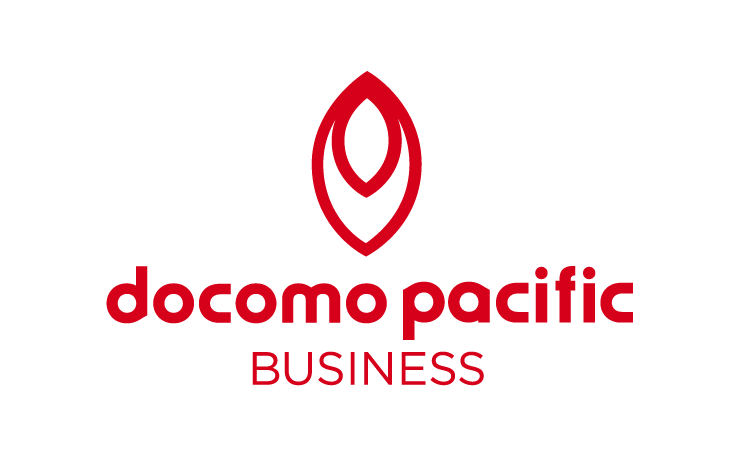A company’s business phone line is one of its most essential lifelines to customers and suppliers. Although other modes of communication have developed, a phone line still remains one of the easiest, most efficient ways to communicate in an organization. This makes choosing a business phone line a crucial decision that can negatively impact finances and operations if the wrong choice is made.
Today’s phone systems are equipped with cutting-edge technology that offers businesses of all sizes numerous capabilities, including valuable calling, mobile tools and collaboration. Business phone systems also give employees various ways to tap into the lines when away from the office.
In this blog post, we help you make the right decision by detailing the essential factors that go into choosing the right business phone line.
Consider Your Business Structure
Before jumping into the different types of business phone line technology, consider the structure of your business. Most businesses think only of the technological aspect of a phone line, but it’s equally important to know who will be using this technology.
Make a Staffing Plan
How many employees do you have? Do you plan to grow your organization?
You should choose a business phone line based on the number of employees in your company. Although you don’t want to account for too few or too many for your current staff, you also need to remember that your staff will grow. In that case, you will need a system that allows you the flexibility to add new lines.
Decide on Essential Features
Does your staff include a receptionist? Will you need an auto-attendant? What about voicemail?
When considering a business phone line, these types of questions will help determine the features that are most essential to your operations. This can move beyond simpler features to include three-way calling, multi-line hunt, intercom, call forwarding, transfer and hold for improved communication and increased productivity.
From there, a wide range of technological options are available:
- DID (Direct Inward Dial) allows businesses to set up virtual lines to bypass the receptionist and reach the primary contact.
- POTS (Plain Old Telephone Service) is the traditional phone service implemented over copper wires. This is the oldest, most familiar system.
- SIP (Session Initiation Protocol) Trunk allows companies to use a telephone PBX to send and receive calls over the internet instead of the standard Public Switched Telephone Network.
- PRI (Primary Rate Interface) Trunk allows companies to send voice and data transmissions over the Integrated Services Digital Network (ISDN) to provide better call quality and data transmission enablement.
- PABX Phone System (Private Automatic Branch Exchange) is an automatically operated phone system that performs call routing in the business’s private, automated equipment.
Determine Geographic Location
Does your company have multiple locations or just a single location? Are your employees required to travel frequently for work? Knowing where your employees are located will help you decide whether you need a piece of hardware, a cloud-based solution or a business mobile plan.
Choose Telecommunications Technology
When choosing a business phone system, you will need to decide what kind of system works best for your organization: Landline, voice over internet protocol (VOIP) or virtual:
- With the increase in smartphone technology and the communication apps that enhance functionality, businesses are investing more money into the VoIP market.
- Although we might think of landlines as outdated technology, the market share for fixed-line communications is expected to have a compound annual growth rate (CAGR) of 11.32% between 2021-2026.
All this is to say that both options are excellent business phone line solutions.
These services will need to be either hosted on-premises or in the cloud. Most companies choose between a Private Branch Exchange (PBX) or a VOIP:
- PBX is a phone technology on a piece of hardware that accepts phone lines from a phone utility.
- VoIP, on the other hand, does not use phone lines or a central piece of equipment. Instead, each handset plugs into the internet connection.
Although the difference in the quality of service between the two is not significant, the benefits of the two options can vary. For example, installing a PBX system can be expensive, but it provides consistent, reliable service. Conversely, VoIP does not require an expensive installation, and new employees can easily be added to the system.
Select the Business Phone Line That’s Right For You
In a partnership with DOCOMO PACIFIC, you can choose one of our business phone line plans that allow you to make adjustments to your solution as your business grows. These affordable plans enhance your business’s productivity, offer highly scalable options and premium features for flexibility, and provide a reliable connection backed by 24-hour support.
Want to learn more about managing your business’s technology strategy? Download our guide, The New Business Guide to Reliable Connectivity, today!
About the Author
DOCOMO PACIFIC
A wholly owned subsidiary of NTT Docomo in Japan, DOCOMO PACIFIC offers business internet, phone, cable and mobile services to Guam and the CNMI.








